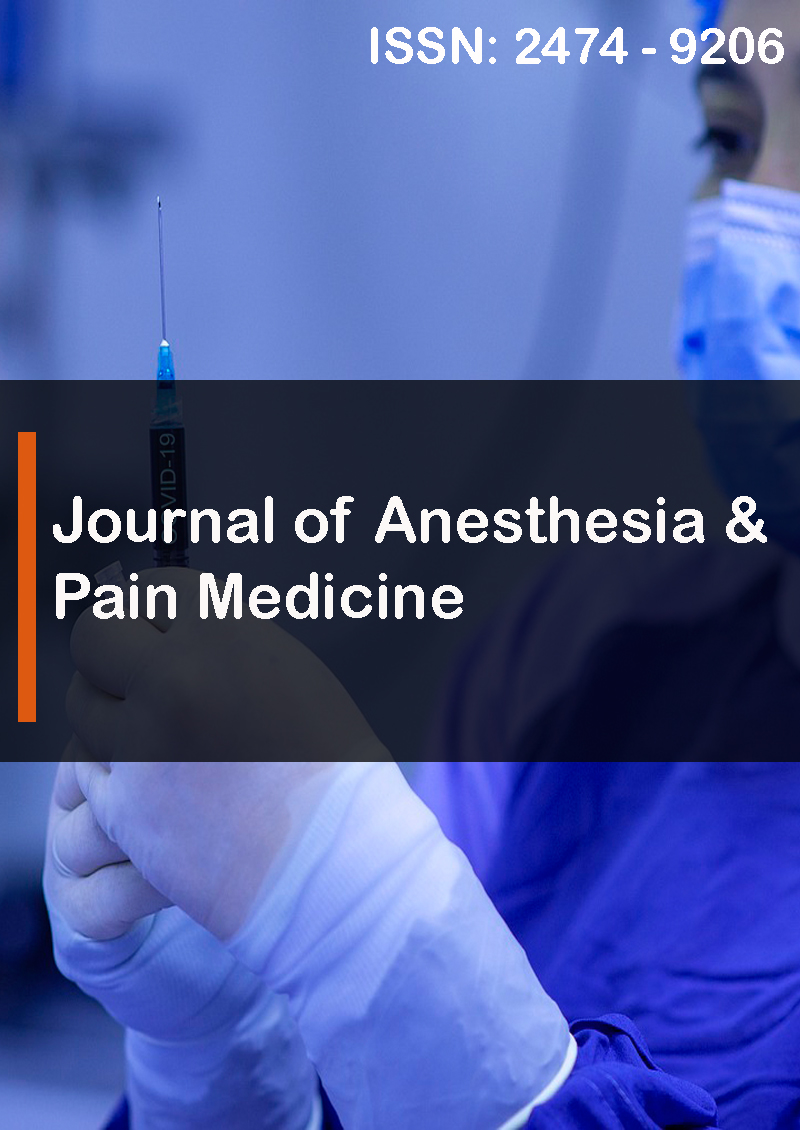Assessment of Maternal Satisfaction and its Associated Factor After Spinal Anesthesia for Cesarean Section in Debere Markose Comprehensive Specialized Hospital, East Gojjam Zone, an Amhara Region, Ethiopia, From January to June 2023 G.C
Abstract
Yitayal Guadie Ashebir, Yohannes Godie Ashebir and Dires Birhanu
Background: Spinal anesthesia for cesarean section is an old and well-established method. It was first used in obstetrics in 1901 for pain relief during vaginal delivery and also became popular for cesarean delivery because of its rapid onset and a high frequency of successful blockade. Even if spinal anesthesia for cesarean section has become increasingly popular and the recent decade has been the preferred technique for the majority of anesthetists, Patient satisfaction toward spinal anesthesia is a vital monitor of the quality care in anesthesia. To assess maternal satisfaction and associated factors among parturients who give birth under spinal anesthesia for cesarean delivery in Debre Markos Comprehensive Specialized Hospital, East Gojjam Zone Amhara region, from January to June Ethiopia, 2023 G.C.
Methods and Materials: A cross-sectional study of patients who underwent cesarean section under spinal anesthesia in the operating rooms of Debre Markos Hospital obstetrics ward was interviewed exit using a structured questionnaire. A post-operative survey of patients 24 hours after operation was conducted by collecting pre-operative, intra-operative, and post- operative procedures.
Results: The overall satisfaction with spinal anesthesia was 168(86.2%) a patient was satisfied and 27 (13.8 %) of the patients were dissatisfied. Furthermore, 183(93.8%) patients would choose spinal anesthesia in the future for similar surgery if required and 12(6.2%) of patients would not. The reasons for refusal are not the choice of GA but rather fear of spinal complications (headache, backache nausea, and vomiting), fear of awareness during operation, post-operative pain in the surgical site and most say they don’t need to give birth in the future.
Conclusion and recommendations: There were a higher number of patients who were satisfied with involvement in decision-making, communication with professionals, and anesthesia practitioners paying attention to their complaints like pain & nausea intraoperatively, and the anesthesia team was willing to listen to their questions. Lower satisfaction for information given by anesthetist preoperatively, intraoperative shivering, post-operative care, and treatment of postoperative headache, PONV, and backache.



